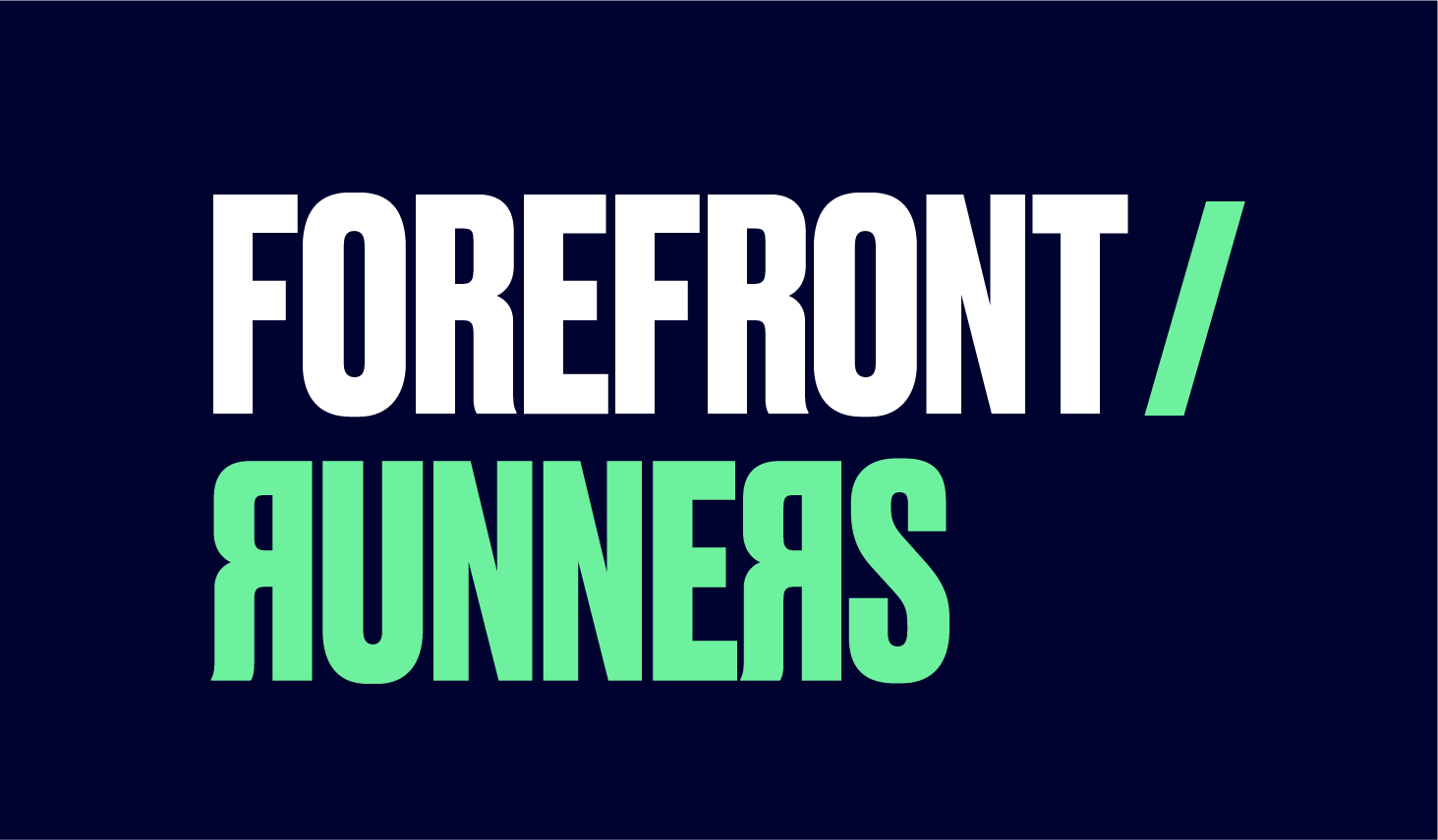The Esports Industry in 2023: is it Game Over or Game On?

The world of esports stands at a crossroads, facing challenges that mirror the broader landscape of the technology industry. In the wake of more than 200,000 job cuts since the beginning of 2022, the esports sector finds itself grappling with a complex array of issues. However, rather than viewing these challenges as insurmountable obstacles, it's crucial to recognize that they are not unique to esports alone. By delving into these challenges and understanding their parallels in other industries, we can gain valuable insights into the potential for rejuvenation and growth within competitive gaming.
Adapting to Market Shifts: The rapid pace of technological advancement has led to a shifting landscape in the esports industry. As businesses across various sectors face the need to adapt to changing consumer behaviors, esports also grapples with evolving player preferences and technological advancements. Esports stakeholders must remain agile and responsive to these shifts to ensure the industry remains aligned with the desires of its ever-evolving audience.
Monetization and Revenue Streams: Just as traditional media channels have struggled with the transition to digital platforms, esports has encountered hurdles in establishing robust and sustainable revenue streams. The industry has relied heavily on advertising, sponsorships, and broadcasting rights, which can be volatile in an ever-changing market. Diversification of revenue streams, such as embracing subscription models, merchandise sales, and in-game purchases, can provide a more stable foundation for growth.
Increasing Female Participation: Esports has traditionally been a male-dominated industry. However, in recent years, we have seen an increase in female participation. According to a survey by PwC, the number of female esports fans has increased by 19% since 2016. This trend is expected to continue, and we may see more female players and teams in the esports scene in 2023.
While the challenges currently facing the esports industry may be daunting, they are not unique to its domain. Instead, they mirror the broader trends and trials experienced by the technology industry as a whole. By recognizing the parallels and adopting strategies from other sectors, esports can weather these challenges and emerge stronger, more resilient, and better positioned for sustained growth. The industry's ability to adapt, innovate, and prioritize the needs of its community will ultimately determine its trajectory and potential to inspire renewed optimism in its bright future.
